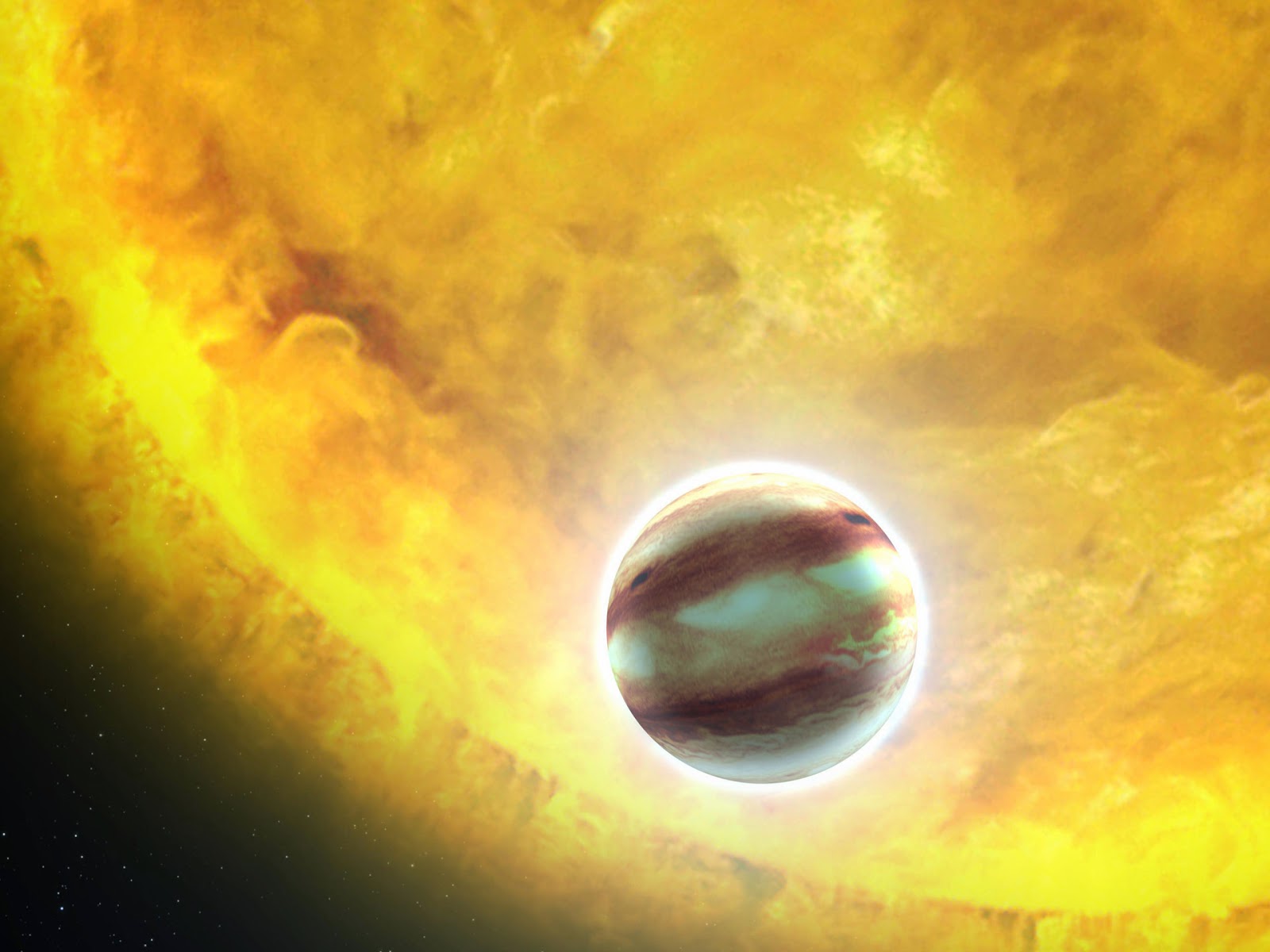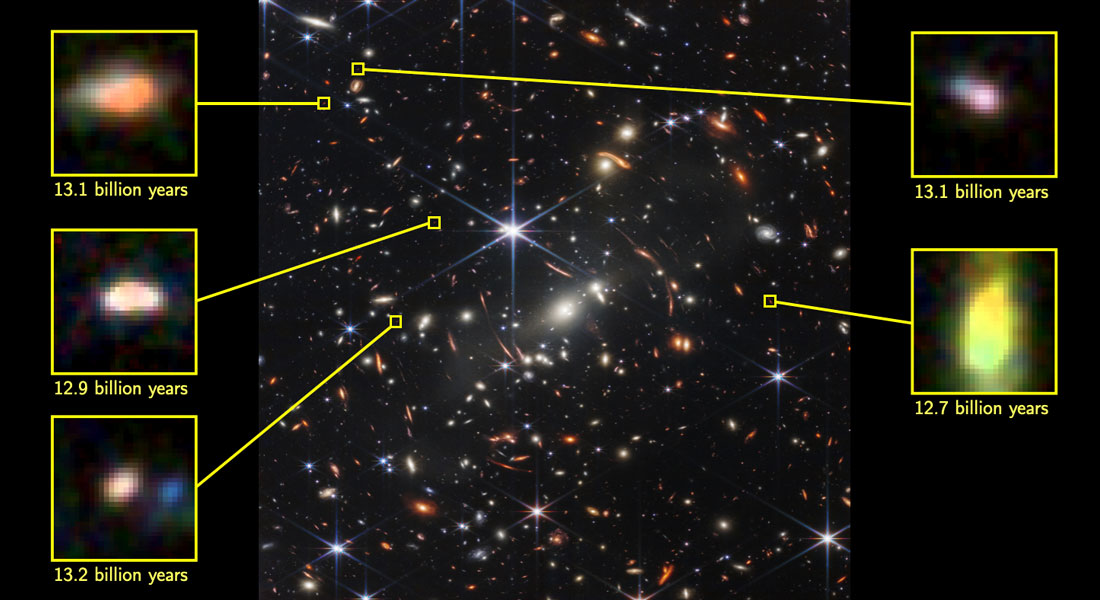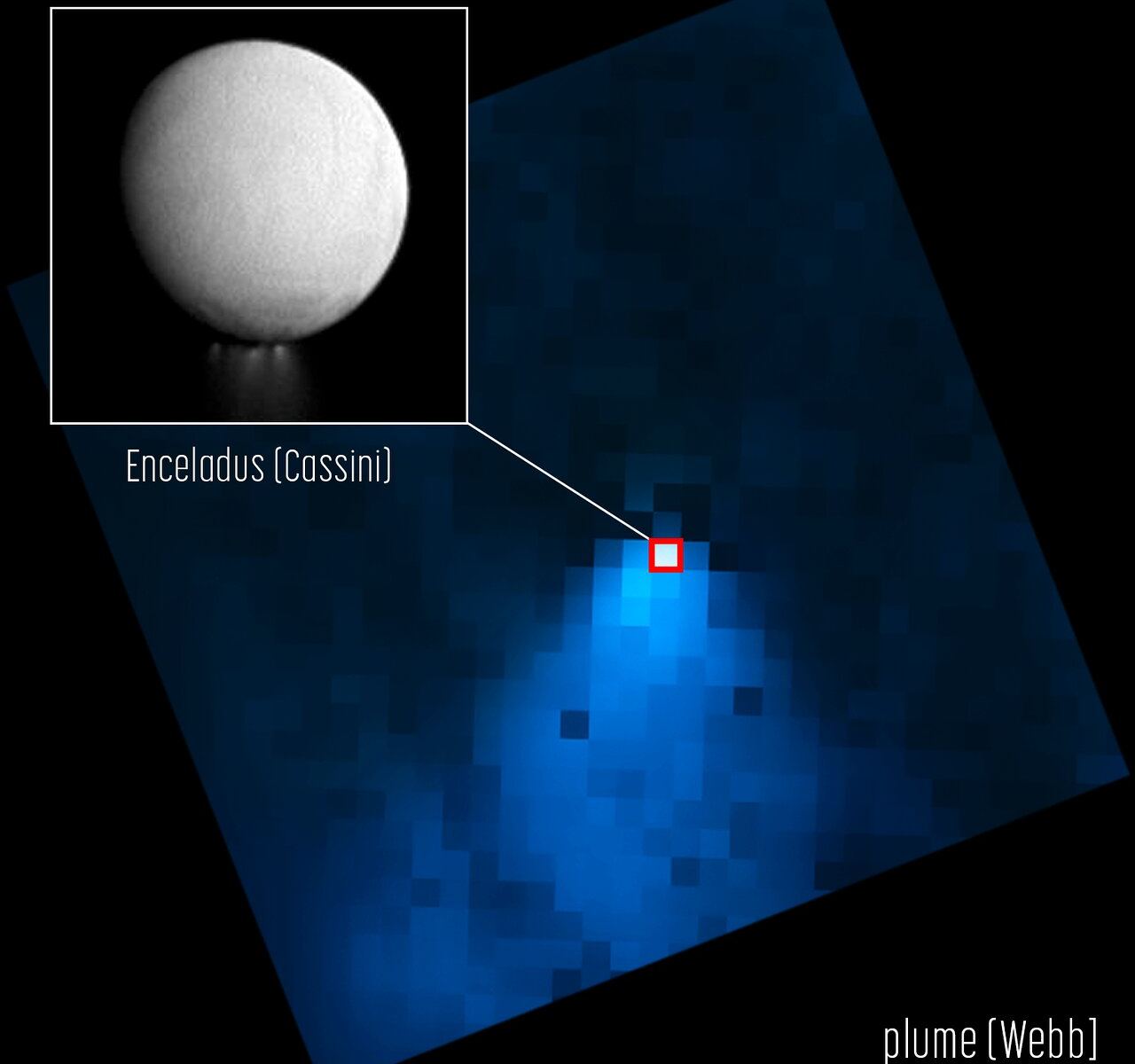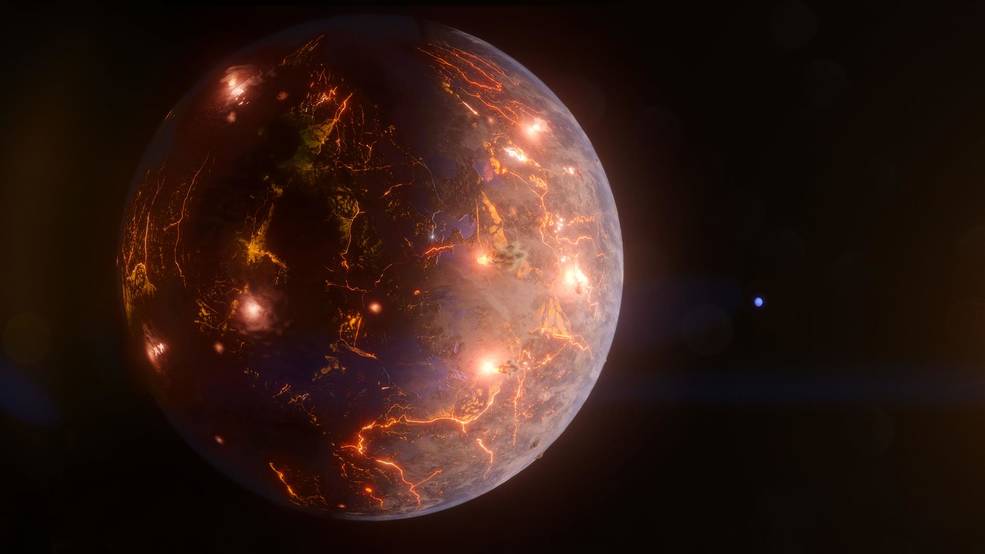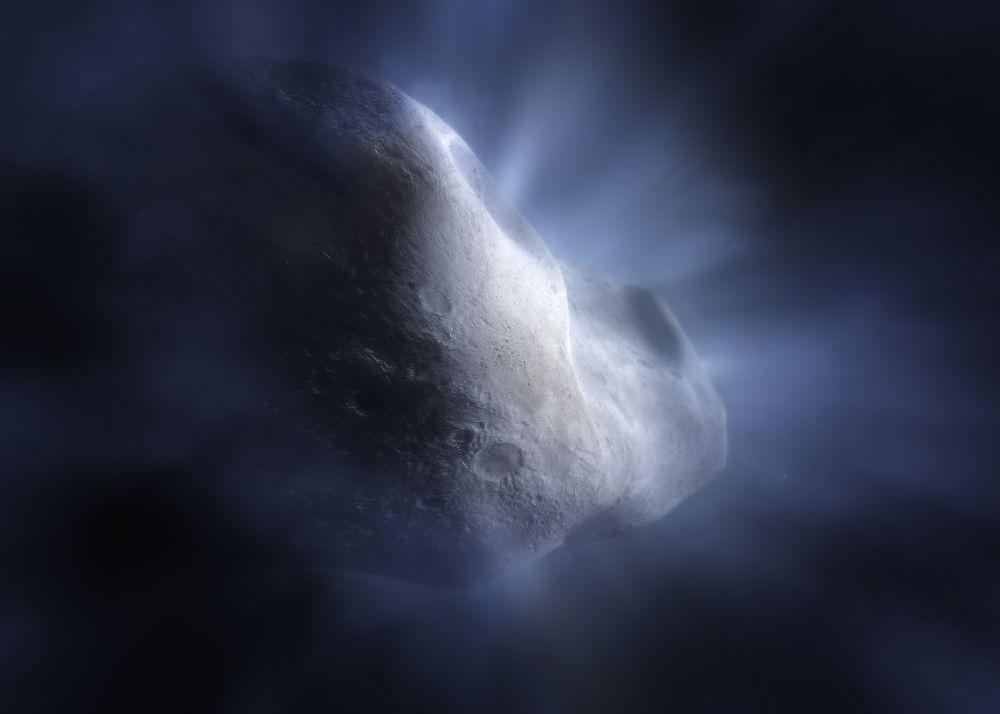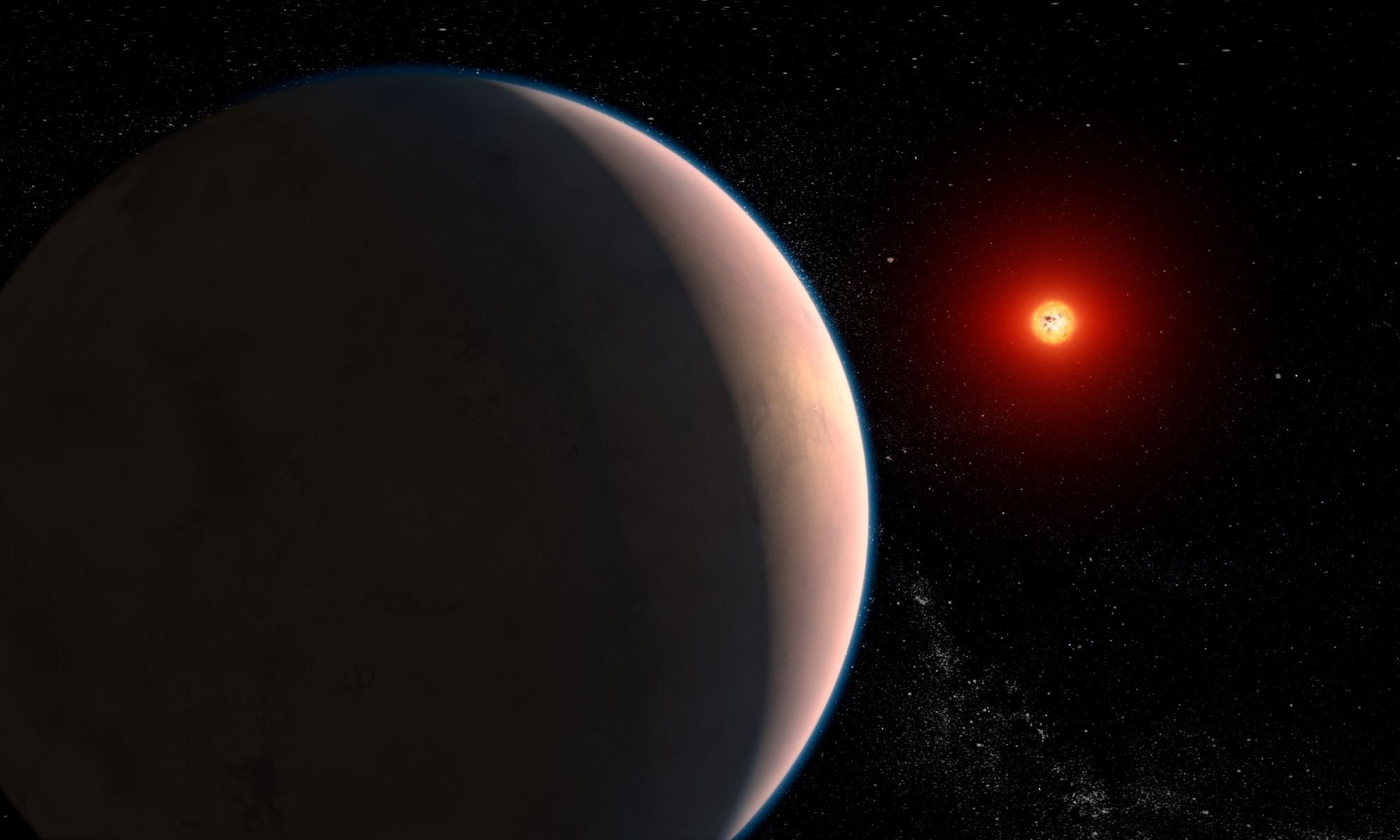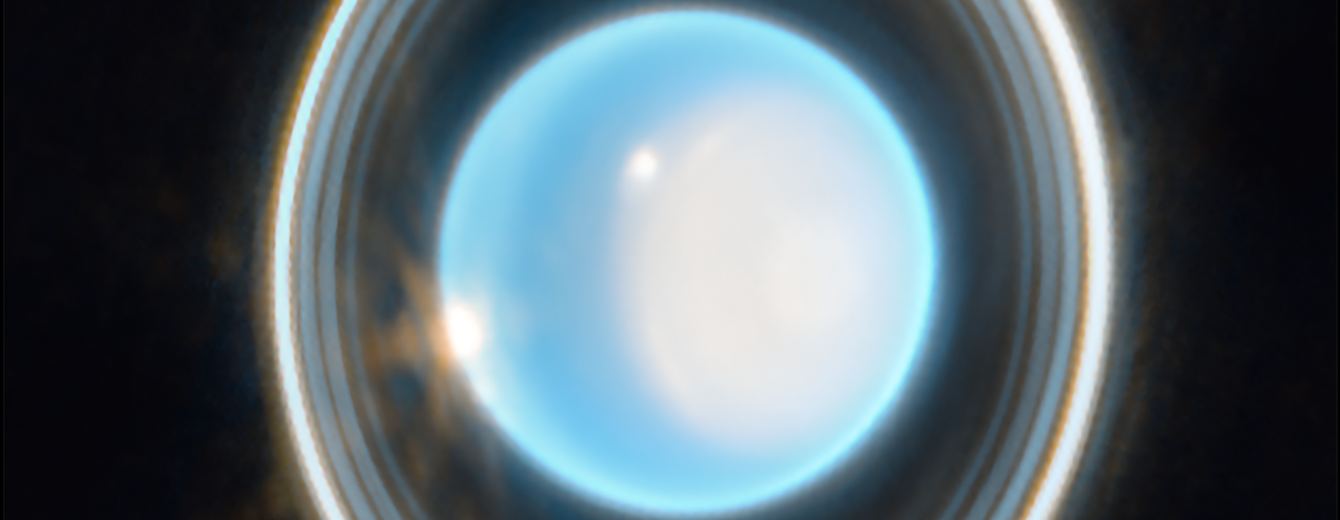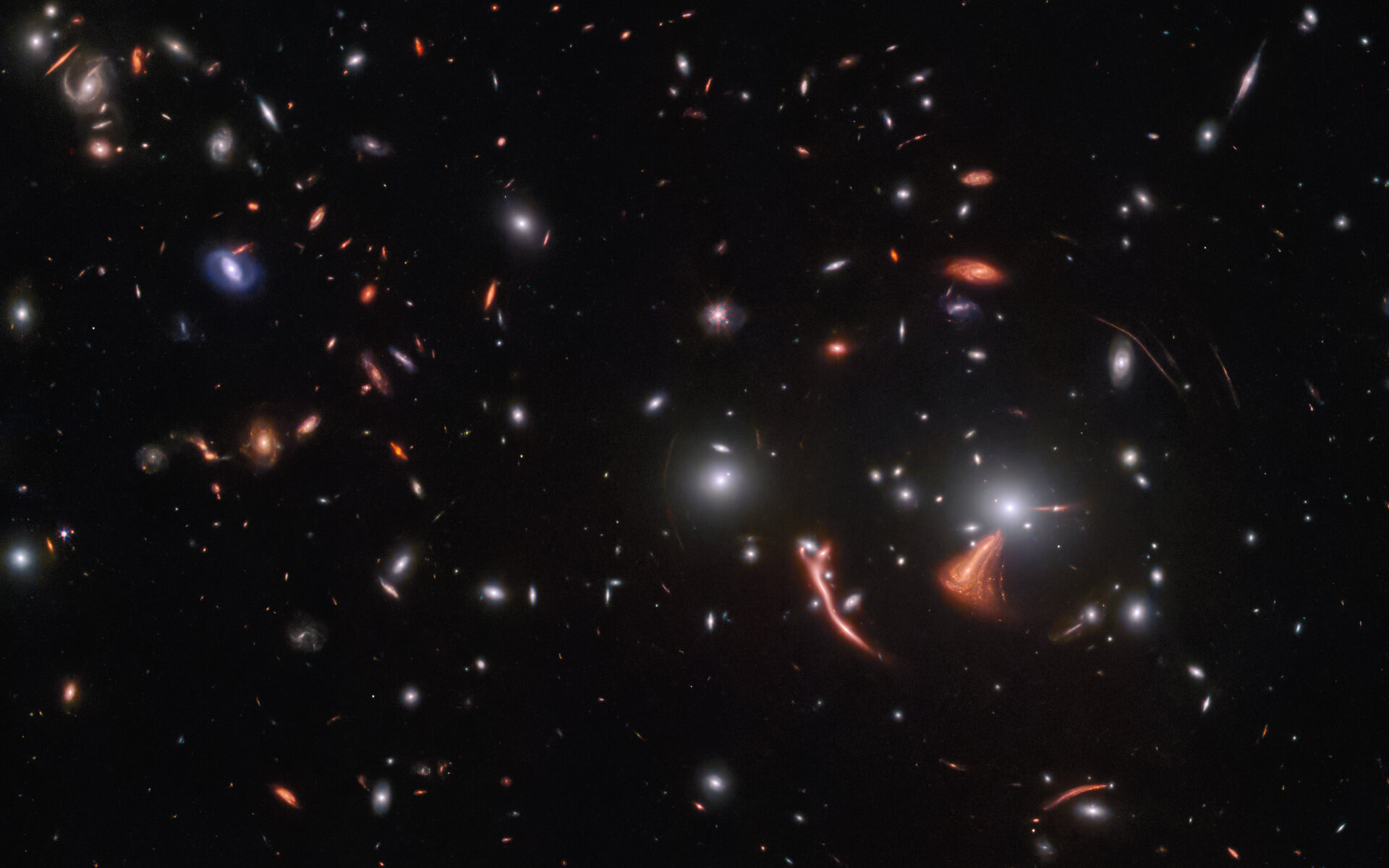Sometimes an image is so engrossing that we can ignore what it’s telling us about its subject and just enjoy the splendour. That’s certainly true of this image of NGC 5068 released by the ESA. But Universe Today readers are curious, and after enjoying the galactic portrait for a while, they want to know more.
Continue reading “The Latest JWST Image Pierces Through a Shrouded Star-Forming Galaxy”The Latest JWST Image Pierces Through a Shrouded Star-Forming Galaxy


